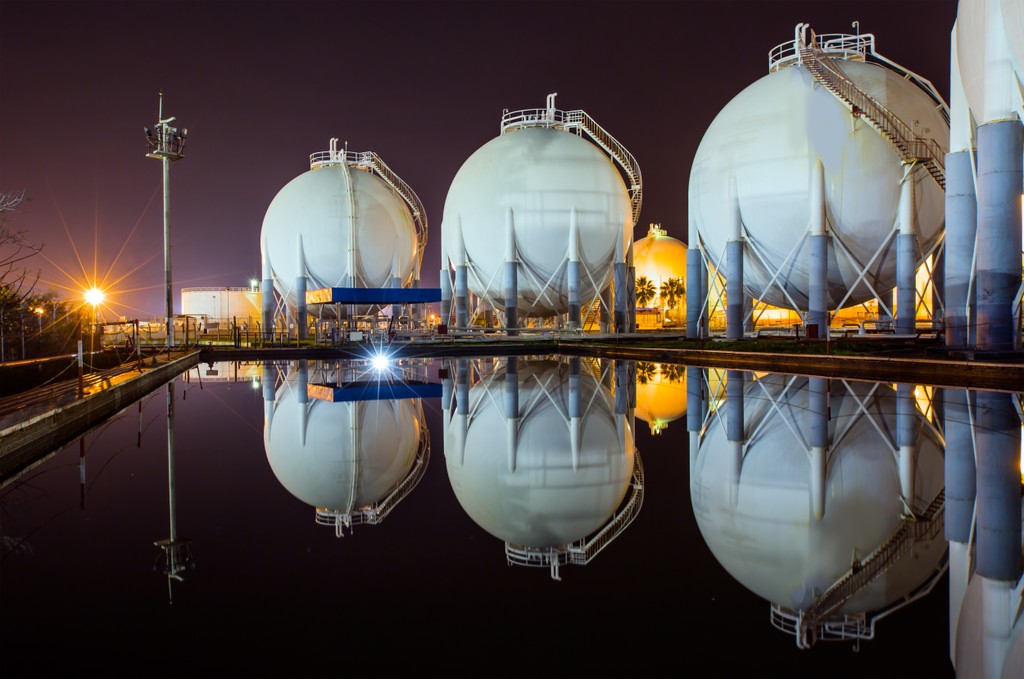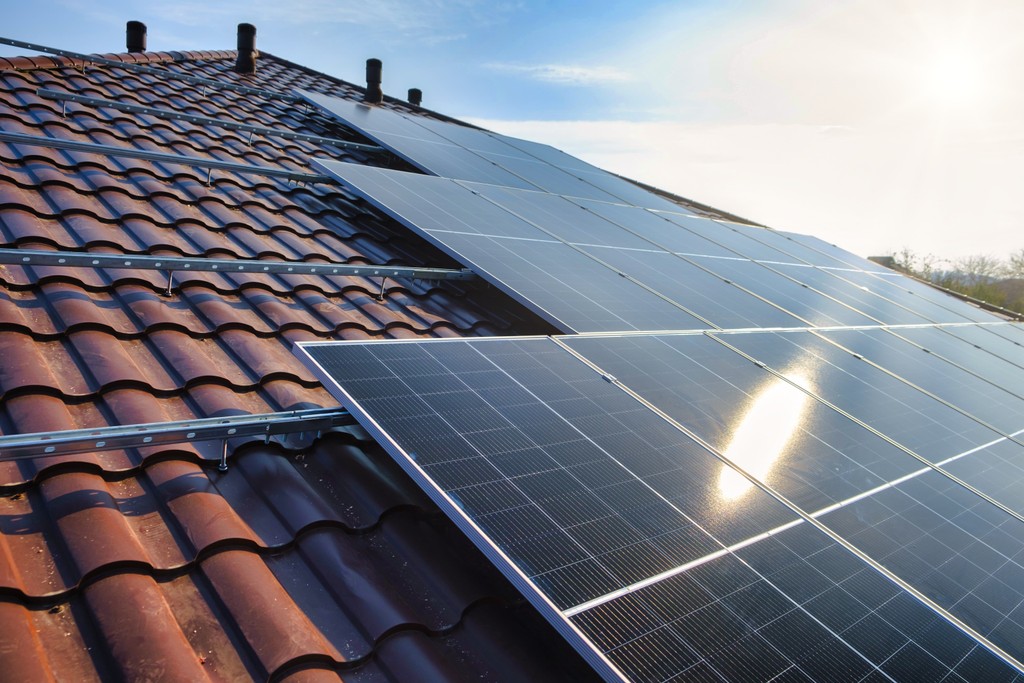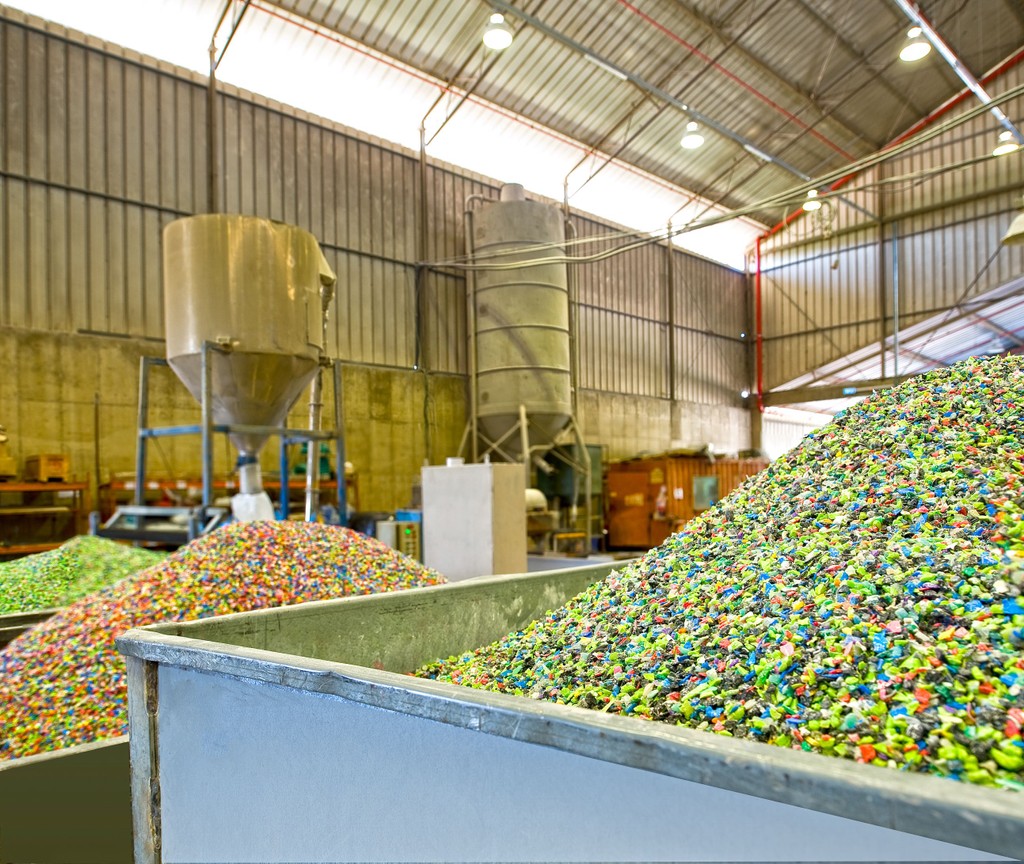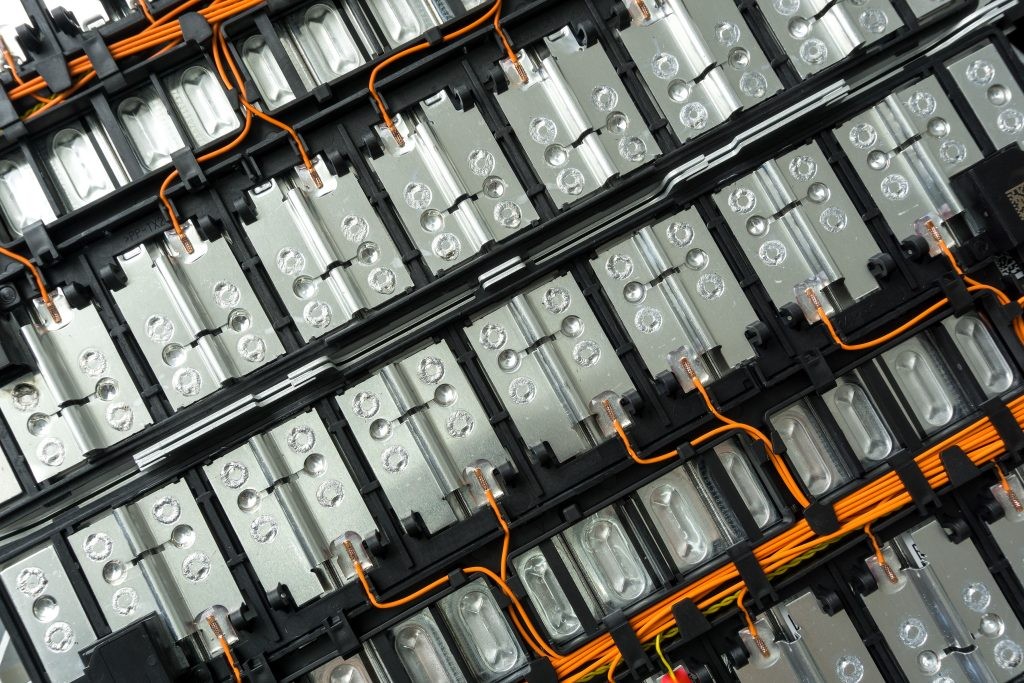PRESS RELEASE
A Decade After the Paris Agreement, Clean Energy Is Making Strides in Emerging Markets but Investment Gaps Persist, BloombergNEF’s Climatescope Finds

- Investment into renewables has nearly tripled in emerging markets since the Paris Agreement was signed
- Political instability, currency volatility and high capital costs have helped keep these markets from catching up with their developed counterparts
November 3, 2025, New York: As the world approaches the 10th anniversary of the Paris Agreement, new analysis from BloombergNEF finds that emerging markets have made major strides in advancing toward a low-carbon future. Since 2015, renewable energy investment in emerging markets excluding mainland China has nearly tripled, rising from $49 billion in 2015 to $140 billion in 2024, according to BNEF’s latest Climatescope report.
The analysis assesses how major and emerging economies have evolved since the Paris Agreement was adopted at COP21, highlighting a decade of transformation in clean energy policy implementation, investment flows and the expansion of renewables within total power capacity.
Despite this progress, however, developing economies’ share of global clean energy spending has averaged just 18% over the past decade. In contrast, developed economies and mainland China have captured 42% and 40% of total funding, respectively. Investment gaps are driven by political instability, currency environments and high capital costs, which continue to hinder financing flows into emerging markets even with falling technology costs and rising demand for clean power.
Over the past 10 years, global renewable energy investment has exceeded a cumulative $4 trillion, but less than 1% of this investment has reached low-income markets. Capital into emerging economies is concentrated, and upper-middle- and high-income economies have received 62% of the total.
Solar has been the main driver of renewable investment growth in emerging markets, accounting for nearly three-quarters of total investment flows in 2024, with small-scale solar projects a particular standout. Over 47% of the investment in emerging markets was driven by small-scale solar last year, compared with just 5% in 2015. This small-scale solar boom has been underpinned by decentralized solutions and favorable policies for distributed generation. The share of emerging economies with net-metering or distributed-generation frameworks has risen dramatically, from 21% in 2015 to 73% in early 2025.
Sofia Maia, BNEF’s head of country transition research and Climatescope project manager, said, “A decade after the Paris Agreement, our findings show clear advances with enduring imbalances in global clean energy investment. While emerging markets have built stronger policy foundations and scaled renewable deployment, heightened progress hinges on consistent market environments and lower capital costs.”
BNEF’s annual Climatescope assessment also ranks emerging markets in terms of attractiveness for clean energy investment. For the third year in a row, India received the highest score. The market boasts a stable policy framework and well-structured auctions, supporting a 30% year-on-year increase in clean energy investment, from $17 billion in 2023 to $23 billion in 2024.
Despite India’s repeat performance, this year’s top 10 list saw many new entrants outperforming traditional leaders like mainland China and Brazil. Romania climbed to second place for the first time, driven by a new national energy strategy and power-sector reforms backed by the European Union and the European Investment Bank. Chile returned to the top three, following progress in its grid planning, and Pakistan entered the top five for the first time, spurred by a surge in solar installations.
Other key findings of the report include:
- The count of markets that have adopted renewable energy policy targets jumped from 55% in 2015 to 96% in 1H 2025, though many targets are not legally binding.
- Low-carbon capacity has doubled in emerging markets over the last decade, as private-sector participation has increased and technology costs have fallen. Total power capacity in emerging economies reached nearly 2.9 terawatts in 2024; 1.2TW of this was low-carbon capacity, compared with roughly 0.6TW in 2015.
- Low-carbon technologies supplied one-third of emerging markets’ power generation last year, up from 28% in 2015.
- Hydropower remained the dominant low-carbon power source, accounting for 18% of generation in 2024, while solar and wind have seen rapid gains, expanding their combined share from 1.6% in 2015 to 8.5% in 2024.
Media Contact(s)
For further information, please contact our media team.
Oktavia Catsaros
BloombergNEF
ocatsaros@bloomberg.net
About Bloomberg
Bloomberg is a global leader in business and financial information, delivering trusted data, news, and insights that bring transparency, efficiency, and fairness to markets. The company helps connect influential communities across the global financial ecosystem via reliable technology solutions that enable our customers to make more informed decisions and foster better collaboration. For more information, visit Bloomberg.com/company or request a demo.
About BloombergNEF
BloombergNEF (BNEF) is a strategic research provider covering global commodity markets and the disruptive technologies driving the transition to a low-carbon economy. Our expert coverage assesses pathways for the power, transport, industry, buildings and agriculture sectors to adapt to the energy transition. We help commodity trading, corporate strategy, finance and policy professionals navigate change and generate opportunities.





